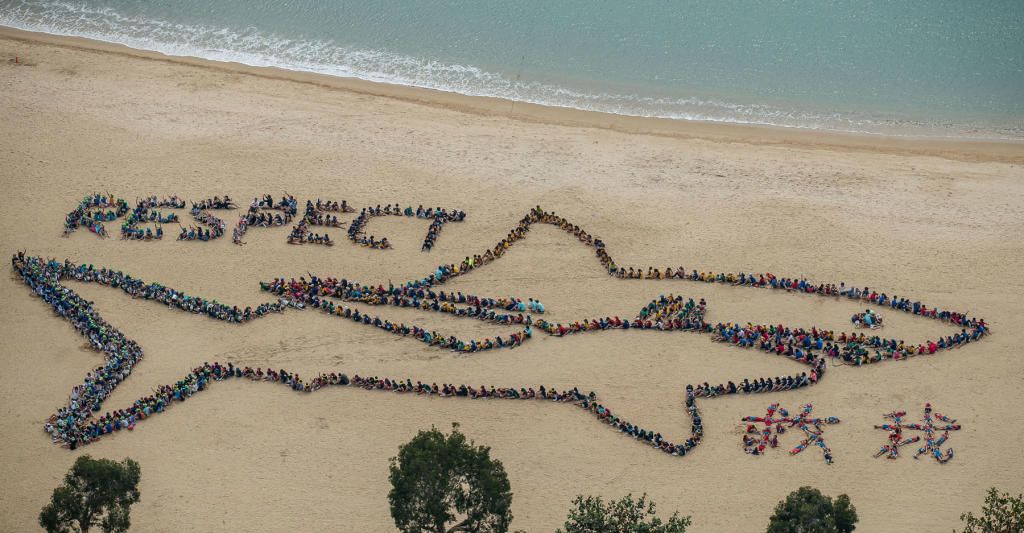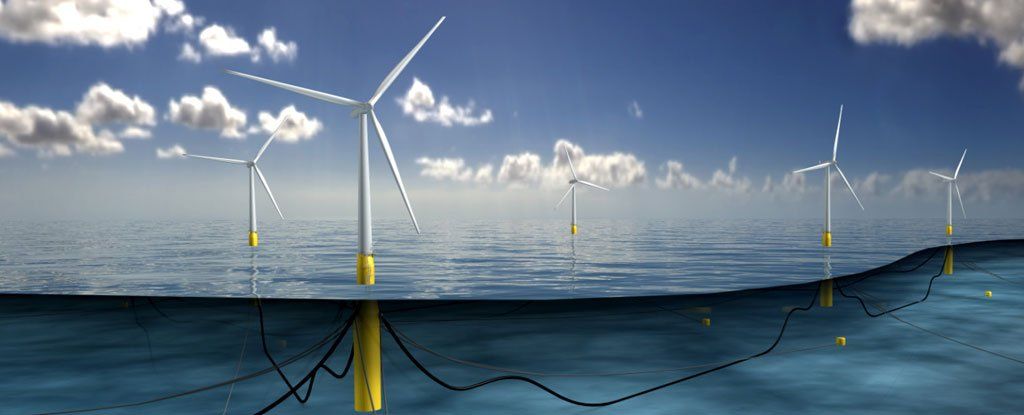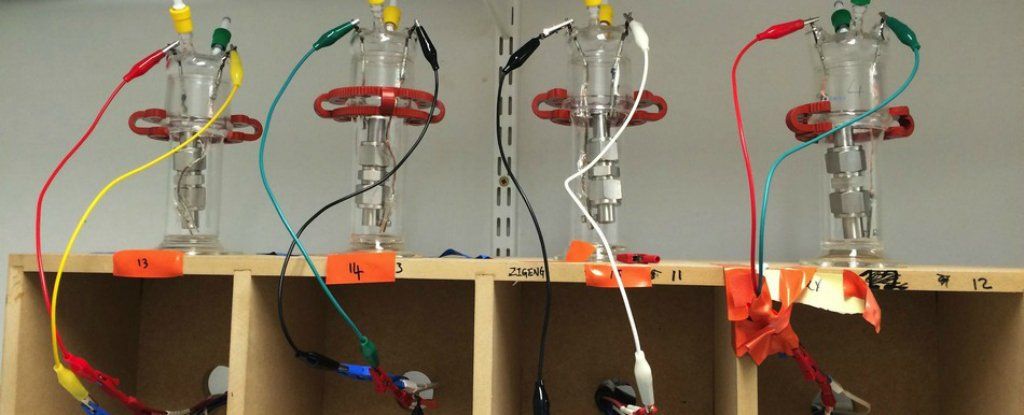Tech behemoth Apple is set to become the first completely solar-powered company in Singapore.
As part of a long-term partnership with Sunseap Group, Apple will draw upon Sunseap’s vast network of more than 800 solar panel-equipped buildings, which will satisfy the energy requirements for the company’s forthcoming 2,500-person corporate campus and retail store operations in Singapore.
According to Lisa Jackson, Apple’s vice president of Environment, Policy and Social Initiatives, the company aims to completely kick its dependence on fossil fuels and rely instead on renewable energy sources for its facilities worldwide.










